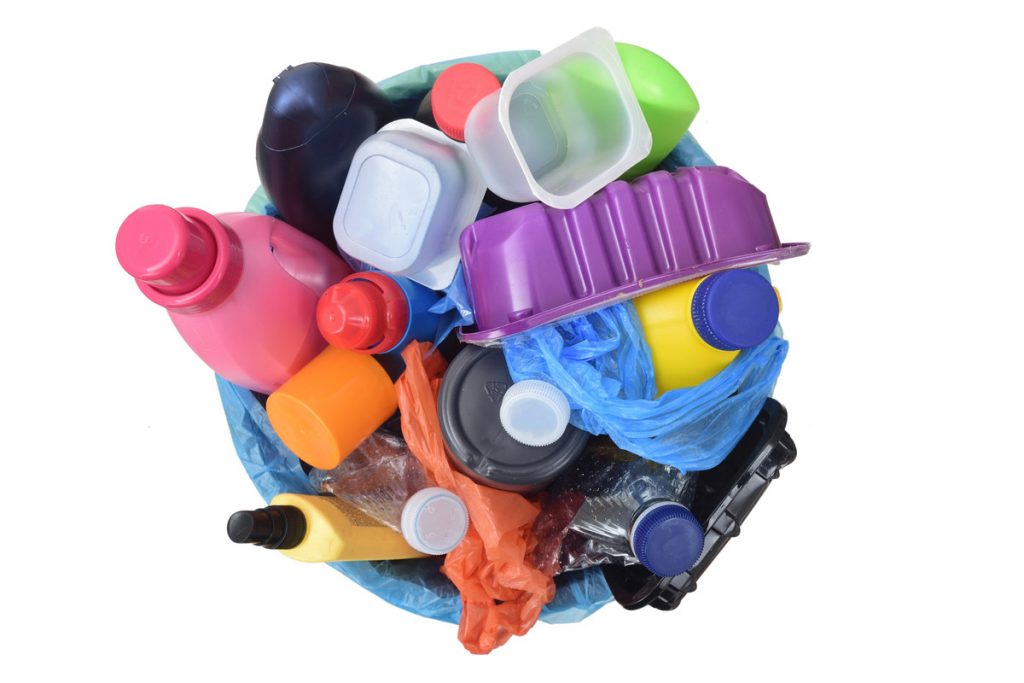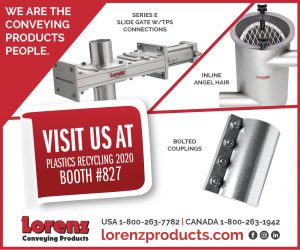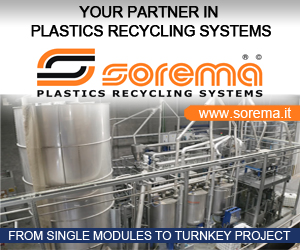
How2Recycle announced that all PP tubs, trays, bottles and cups will now be labeled with the organization’s “check locally” label. | Josep Curto/Shutterstock
Changes in U.S. recycling programs led the How2Recycle labeling initiative to downgrade recyclability classifications for non-bottle rigid PET containers and certain PP products, potentially impacting recovery of those materials.
How2Recycle, a project of the Sustainable Packaging Coalition, on Jan. 31 announced that all PP tubs, trays, bottles and cups will be labeled with the organization’s “check locally” label, a change from the “widely recycled” classification. Non-bottle rigid PET containers will receive the same labeling change.
Although the labels still indicate the products may be recyclable, the change has significant implications. Brands generally want the “widely recycled” label as opposed to the “check locally” indication, explained Kelly Cramer, who leads How2Recycle, because most brands don’t count the qualified label toward their sustainability goals.
How2Recycle, which issues packaging labels that are voluntarily adopted by brands, ensures its labels are in line with the Federal Trade Commission’s (FTC) Green Guides, which regulate environmental marketing claims. How2Recycle periodically evaluates recyclability across all the products that carry its labels. In 2016, the exercise led to the addition of new materials in the “widely recycled” category.
Recent findings led to the labeling downgrades.
“When we do the recyclability assessment, we take into consideration all the key elements of the recycling system,” Cramer explained. That means looking at collection availability, materials recovery facility (MRF) sortation practices, product design components that may impede recovery, and end markets.
Sortation strife for PP containers
Nina Goodrich, director of the Sustainable Packaging Coalition, said there is still enough PP collection availability to keep it in line with the FTC guidelines. The problem, she said, is in the sortation step, with communities landfilling or otherwise not sorting out the PP from the stream.
“There’s certainly reprocessing capacity,” Goodrich said. “There is excess capacity for reprocessing and there is an end market.”
But a sizable portion of PP does not make it past the MRF level to be processed, she explained. And under FTC guidelines, when there is uncertainty about how a material is being handled, the commission recommends making “qualified claims.”
“It’s not that all communities are landfilling and incinerating,” Cramer said. “It’s that some of them are or may be and it’s on a significant enough scale that there’s this margin of uncertainty.”
“It is a tough decision, but we have to meet the standards of the law,” Goodrich said. “We’re hoping that this is fixable and that PP will move back.”
Fewer programs accepting non-bottle rigid PET
For non-bottle rigid PET containers, on the other hand, the issue is on the collection side. This category includes thermoforms, egg cartons, trays in paper boxes and more.
Previously, some of these materials could carry a “widely recycled” How2Recycle label, provided they didn’t include problematic labels or adhesives. But in recent years, particularly in the wake of overseas import restrictions that upheaved U.S. recycling markets, numerous municipal recycling programs across the country have revised the list of materials they accept. Often, they choose to remove lower-grade plastics that end up in a mixed bale, focusing instead on the PET bottles and HDPE containers.
Non-bottle PET rigids recently dropped below a key threshold.
“The number of communities messaging that they accept those dipped below 60%,” Cramer said, which means the materials no longer meet the FTC guidelines for an “unqualified recyclability” claim.
“I would say it’s directly related to communities changing their messaging to just accept bottles,” Goodrich added.
How2Recycle anticipates non-bottle rigid PET containers will qualify for the “widely recycled” label again in the future, Cramer said, so the organization urges manufacturers to continue to design for recyclability.
Other recent How2Recycle changes
Beyond the downgrades, the labeling organization recently made a few additional adjustments to its labeling guidelines.
Packaging that contains intentionally added per- and polyfluoroalkyl substances (PFAS) will carry a “not yet recycled” label, How2Recycle recently decided. These chemicals are introduced to a variety of plastic products and have come under stronger scrutiny in recent years for their impact on human health. They are found in some limited plastic packaging, Cramer noted, but are more commonly found in fiber products. According to the U.S. EPA, PFAS “are very persistent in the environment and in the human body – meaning they don’t break down and they can accumulate over time. There is evidence that exposure to PFAS can lead to adverse human health effects.” Goodrich said the organization felt it didn’t make sense to describe products containing a “forever chemical” as “widely recycled.” Cramer noted this is the first time How2Recycle has made a recyclability decision related to a health concern.
For clear PET bottles with oxygen barriers, How2Recycle will only give a “widely recycled” label to those that meet the “preferred” criteria in the Association of Plastic Recyclers’ (APR) Design Guide or have passed APR Critical Guidance Testing. (APR owns Resource Recycling, Inc., publisher of Plastics Recycling Update.)
More stories about industry groups
- California lawmakers look to quantify PCR imports
- Q&A: With EPR incoming, end markets are crucial
- NY legislative session ends, again without EPR



